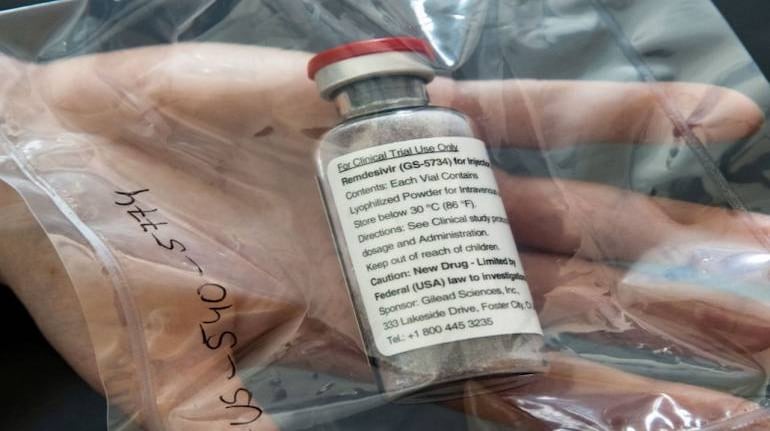
India's Syngene International Ltd aims to supply half-a-million vials of COVID-19 drug remdesivir through its local distribution partners next month, its top executive said, as the country faces shortages of the medicine amid a second wave.
"At the moment we are operating at near maximum capacity (to produce remdesivir)," Chief Executive Officer Jonathan Hunt told Reuters on Wednesday.
"I'd expect the volume of drug that we are supplying into the Indian market to step up as we get into May," he added.
Hunt did not provide details on how many vials the company has already delivered.
Syngene, majority owned by biopharmaceutical company Biocon Ltd, is one of the seven Indian companies that have licensed remdesivir from U.S.-based Gilead Sciences Inc. The seven companies together have a total installed capacity of about 3.9 million units per month.
Follow our LIVE blog for latest updates of the novel coronavirus pandemic
"Across all seven manufacturers, (Syngene is) probably one of the smallest by capacity, but you are seeing everybody working round the clock...to boost the supply," Hunt said.
This follows Gilead's announcement on Monday that it would donate a minimum of 450,000 vials of the drug to the Indian government.
The country's death toll from the pandemic crossed the 200,000 mark on Wednesday, worsened by shortages of hospital beds and medical oxygen.
Remdesivir is approved in India for restricted emergency use to treat severe COVID-19 cases, despite the World Health Organisation advising against using the drug due to doubts about its effectiveness in treating the infection. Indian health officials have said it is only to be used in a hospital setting for patients who need oxygen.
Syngene, headquartered in the southern technology hub of Bengaluru, offers contract research and manufacturing to global drugmakers. Its clients include U.S. pharma majors Amgen Inc and Bristol-Myers Squibb Co.
The company late on Tuesday reported a 33.6% jump in consolidated profit to 1.61 billion rupees ($21.63 million) for the fourth-quarter ended March 31.
Follow our full coverage of the coronavirus pandemic here.
Discover the latest Business News, Sensex, and Nifty updates. Obtain Personal Finance insights, tax queries, and expert opinions on Moneycontrol or download the Moneycontrol App to stay updated!
Find the best of Al News in one place, specially curated for you every weekend.
Stay on top of the latest tech trends and biggest startup news.